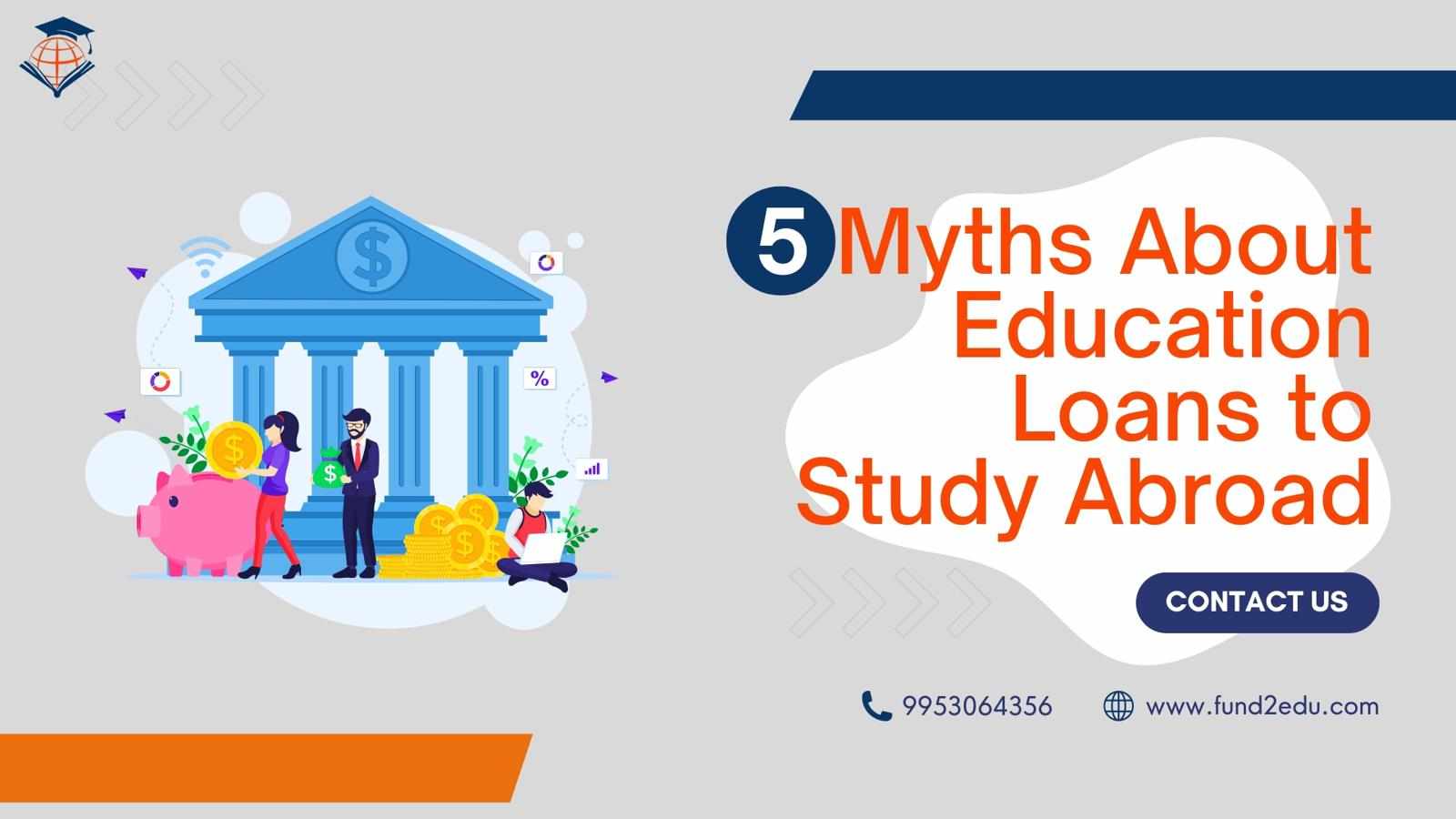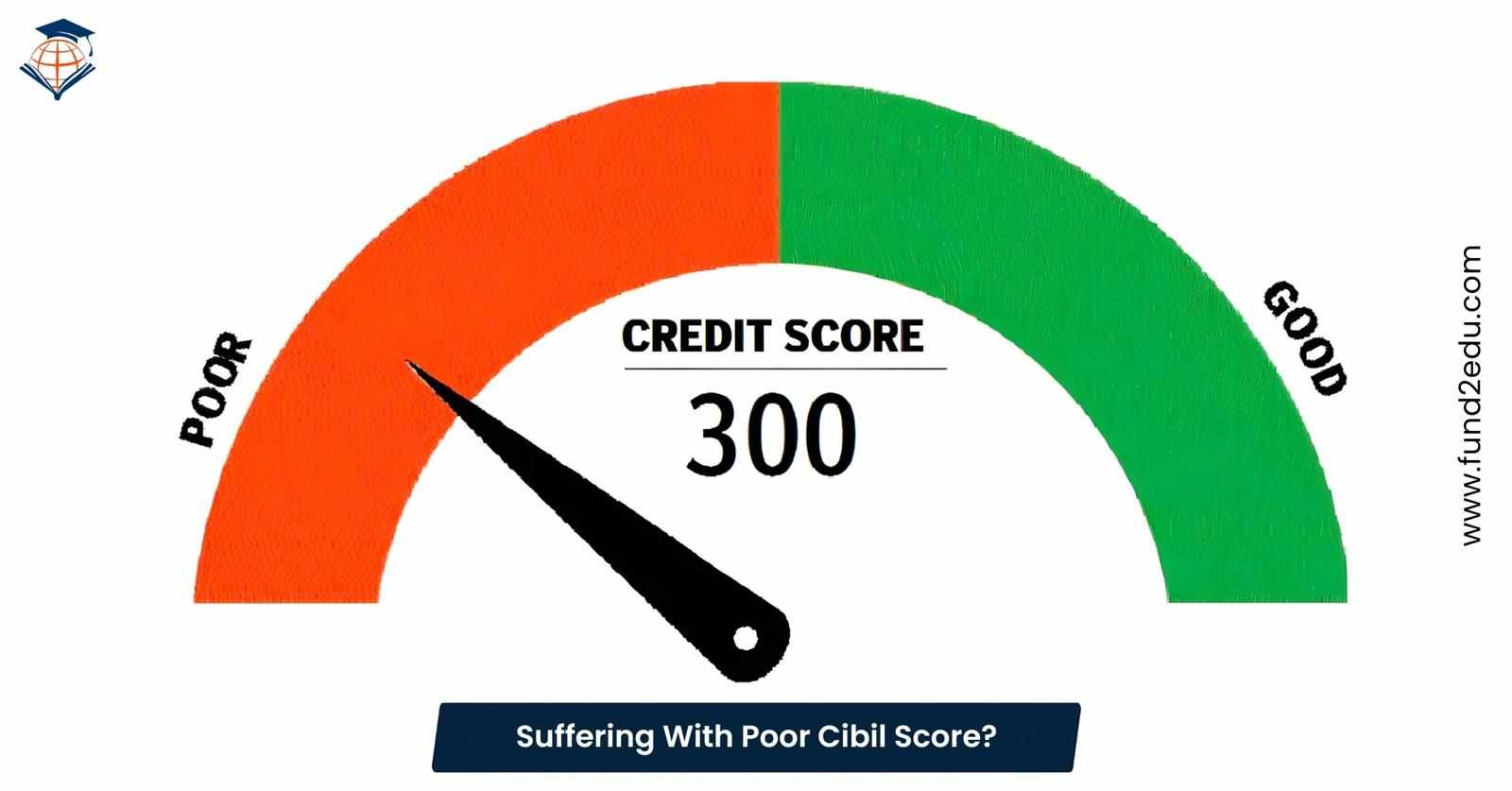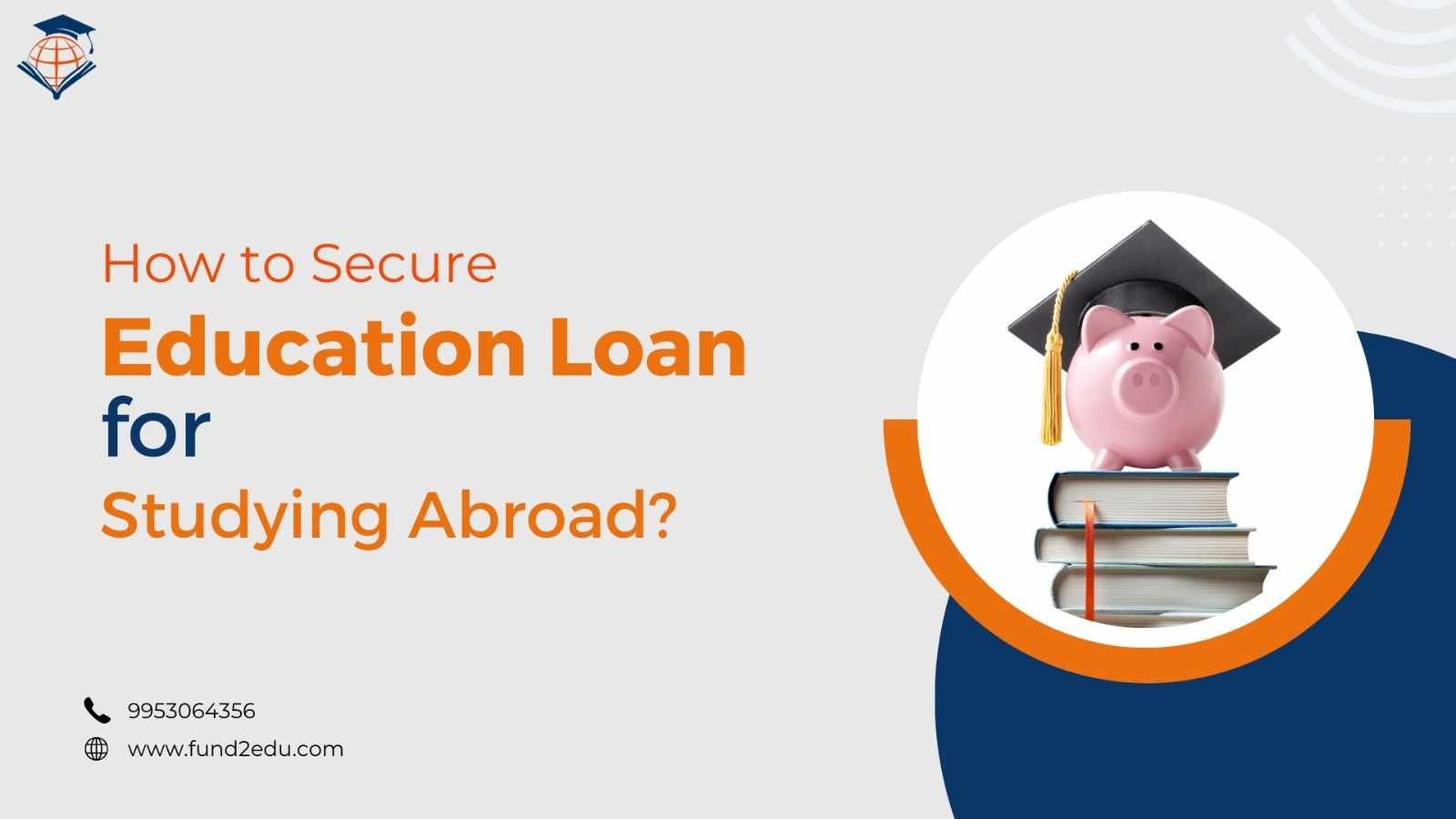
Studying abroad is a dream for many students, but the financial burden can often feel overwhelming. Education loans are a viable option to reduce your financial burden, but numerous myths and misconceptions can misguide students and their families from considering this route. Here are five common myths about education loans for studying abroad.
Myth 1: Education Loans Have Unreasonably High Interest Rates
One of the most prevalent myths is that education loans come with unfair interest rates, making repayment a daunting task. In reality, education loan interest rates are often competitive and may be lower than personal loans. Many governments and financial institutions offer subsidized interest rates or special programs for students pursuing higher education abroad. Additionally, some countries offer tax benefits on the interest paid on these loans, further reducing the financial burden.
Myth 2: Only Top-Scoring Students Are Eligible
Many students and parents believe that only those with exceptional academic records can secure education loans for studying abroad. While a strong academic background can indeed enhance your loan application, it is not the sole criterion. Lenders also consider other factors such as the chosen field of study, the reputation of the institution and the student's potential to secure employment post-graduation. Moreover, several financial institutions offer loans to a broader range of students, making higher education accessible to more people.
Myth 3: Loans Cover Tuition Fees Only
Another common misconception is that education loans only cover tuition fees. In fact, most education loans are comprehensive and designed to cover a variety of expenses associated with studying abroad. These can include accommodation, travel, books and even daily living expenses. This holistic approach ensures that students can focus on their studies without worrying about educational costs.
Myth 4: The Loan Process is Too Complicated and Lengthy
The perception that securing an education loan is an excessively complicated and time-consuming process deters many students. While it is true that obtaining a loan involves several steps, financial institutions have streamlined their processes significantly. Online applications, simplified documentation requirements and quicker processing times have made it much easier to apply for and receive education loans. Furthermore, many institutions provide dedicated support to guide applicants through each step of the process.
Myth 5: Repayment Starts Immediately After Graduation
A widespread fear among students is that they will have to start repaying their loans as soon as they graduate, regardless of their employment status. Most education loans come with a grace period, allowing graduates time to secure a job and stabilize their finances before beginning repayment. This period can range from a few months to a couple of years, depending on the lender and the loan terms. Additionally, many lenders offer flexible repayment options, including income-based repayment plans, which adjust the monthly payments based on the borrower’s income.
Conclusion
Education loans can be a valuable tool in making the dream of studying abroad a reality. By debunking these myths, students and their families can make more informed decisions about financing higher education. It's crucial to research and understand the various options available, consult with financial advisors, and choose the loan that best fits one's needs and circumstances. With the right information and approach, the financial hurdle of studying abroad can be effectively managed, paving the way for a successful academic and professional journey.




.jpg)








.jpg)






Write a comment ...